Jump to:
Pets enjoy the great outdoors as much as humans do—gardens are no exception. Although some have been known to tear up the yard, others are cunningly doing us a favour.
Dogs make a great and effective deterrent against intruders, such as deer or burglars. Allowing them to roam free and explore their surroundings is what you can do in return.
So when designing your landscape, think of a stylish space as well as one that works with the dog in mind. In short, hit two birds with one stone by protecting your garden while keeping your pooch happy. Below are some amazing dog-friendly garden ideas to get you inspired and started.
1. Provide them with a dedicated path
Dogs prefer a clear and solid path to follow. Gravel is certainly their worst nightmare and cats aren’t a fan of it either, so opt for pavers or concrete.
A safe surface to walk and run can also mean a good source of exercise for them.

2. Make sure there’s enough shade
Summer is the prime time for home pets to train and enjoy the warm weather. But the season can be too hot for others, especially those with thick or black fur or when the weather gets that little bit too hot.
Give them a few spots of shade so they can relax and enjoy the summer solstice. This also helps prevent them from burrowing into (and ruining) any bushes.

3. Grow dog-friendly plants
It’s not a common issue, but there are dogs that are vulnerable to certain plants. It’s worthwhile doing a check on your current plant life, seeing what could be harmful.
Some plants that pose no threat include snapdragons, asters, roses, sunflowers, and calendula.

4. Skip pesticides, use natural alternatives
While pesticides aren’t usually deadly, they can be troublesome. Going natural is a better solution for your plants alone, and it also won’t have any harmful effects on your dogs.
Take a look here for some great tips on natural and homemade options.
5. Keep the lawn healthy
Your four-legged friends need a space to run, somewhere they can be free and chase after others. A healthy lawn is a great spot for them to do so. Mow the grass higher, fertilise less, and keep toxic plants out of their way. Their paws grip naturally and easily on grass, helping them to develop strong and healthy muscles.

6. Build a potty area
To protect your plants, set up an area where pets can do their ‘business’. Try training your dog outside, so that they have a regular spot to go – and make that their own area.
Use pea gravel; the smooth, round pebbles are comfortable for dogs to walk on.

7. Be careful of your mulch
Mulch is a hugely beneficial product for your garden, but some elements can be harmful. Coffee beans have as much of an adverse effect on dogs as chocolate does, so consider the recipe you put down and if it’s harmful to your furry friends.
Alternatively, use pine bark mulch. It bears a natural red-brown shade that works well with most gardens and won’t harm your dog.
8. Consider garden protection
If you live in a city or close to a busy road, it can be worrying to let your fur friends out. Giving your garden some protection with fencing is your best solution. This also gives them a good perimeter that they will learn not to go beyond.
A backyard gate is also a great start, offering a more secure and closed barrier.

9. Plant herbs for them to sniff
Grow a herb garden with different varieties, and in heights and positions, for your dog to find and sniff. Start with basil, chamomile, oregano, dill, and mint.
You may also include these leafy greens in your dog’s treats or meals.
10. Spoil the pooch with a good ramp
Build features at varying elevations for your dog to climb on. They enjoy exploring objects at various levels, so this will add to their enjoyment – and provide good training, too!
Other than ramps, consider railway sleepers, steps or small benches.

11. Adopt a sensory environment
A sensory garden can help encourage your dog to be more confident in their surroundings. It provides an exciting area for them to forage, exercise, and explore using their senses.
Create a mix of textures for extra sensory stimulation. Hide their toys and treats in non-toxic sand or lawn for your furry friend to find.
12. Create a cooling spot
Shallow water features, such as a paddling pool, are a fun cooling-off spot for summer days. It’s also a great way to let your dog develop their love of water.
Make sure you’re there to supervise and drain the pool when not in use.

13. Introduce a dedicated digging pit
Digging is normal dog behaviour and they do it for all kinds of reasons. Stopping them might cause frustration or anger. Lucky for you, you can help your dog dig without ruining your garden.
Create a digging pit made of leftover decking lumber, a litter tray or a sturdy plastic box. Then fill the container with dog-friendly sand and dirt and let them dig to their hearts’ content!

[sp

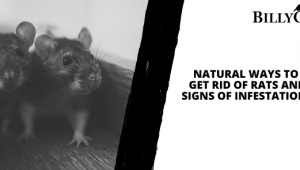
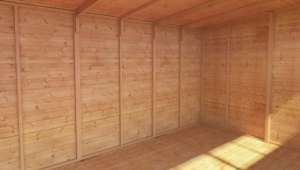


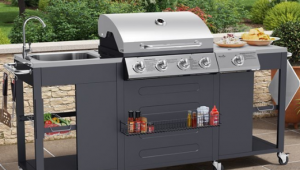
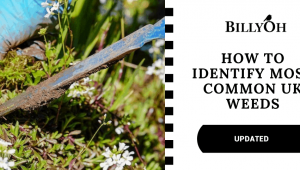
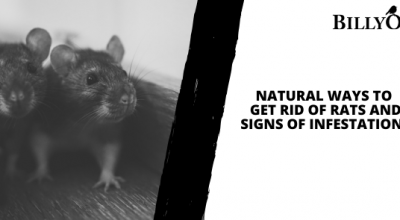
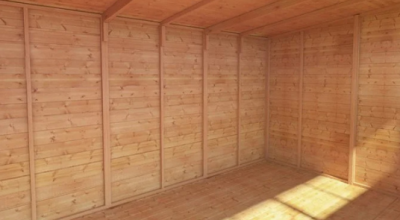
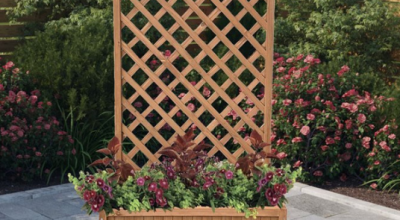
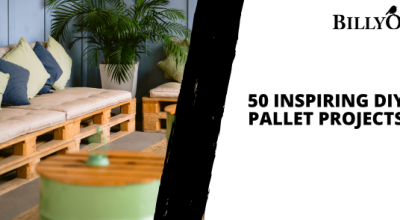
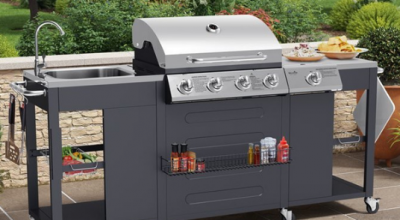
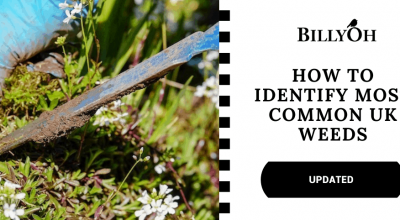
What do you think ?